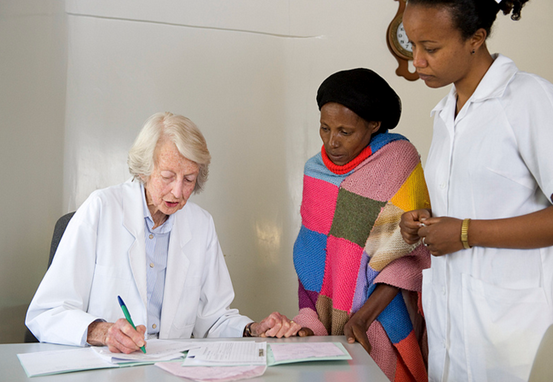What to Do if Your Child has a Fever
Fevers are common in babies and young children. Some kids develop a high temperature at the drop of a hat, but in most cases, the fever is caused by a viral illness such as a cold, or ear infection. Minor raised temperatures can be successfully treated at home and shouldn’t cause too much concern, but in some cases, your child may need to visit an urgent care facility such as San Francisco Urgent Care.
What is a Fever?
A normal temperature is 36-36.8 degrees C (96.8-98.2 degrees F). Anything higher than 38 degrees C (100.4 F) is classed as ‘high’ but if their temperature is 37 degrees, they will be feeling unwell.
You can use visual clues to determine whether a child has a raised temperature. If the child’s cheeks are flushed, his or her skin feels hot and clammy, and looks generally unwell, your child could have a fever. Babies will also appear to be irritable and difficult to settle when feverish.
Use a thermometer to check a child’s temperature. Modern thermometers are digital these days, so you can place them under the tongue of an older child without worrying about the mercury. For younger children, it is better to use an aural thermometer, as this can be placed in the ear for a quick reading. As a last resort, you can use a forehead thermometer strip to gauge whether your child is feverish, but these are less accurate.
How to Treat a Fever
A slightly raised temperature can be treated at home. A quick dose of infant paracetamol and removing a layer or two should do the trick and once your child’s temperature drops back to normal, he or she will feel much better.
Keep your child nice and cool if they are experiencing a fever. Remove excess clothing and make sure their bedroom is not too hot. Both rest and consumption of fluids are key to remedying a sickness and fever. Fluids maintain good hydration and flush out harmful toxins.
When a Fever is Serious
Most fevers run its course after three days, but if your child is not getting better, you can’t bring your child’s temperature down using over the counter medications, or if symptoms get worse, he or she should be seen by a doctor.
Warning signs include unexplained rashes that do not disappear when pressed with a glass, convulsions, breathing difficulties, and in the case of a baby, a sunken fontanelle or general unresponsiveness.
Red Flag Symptoms
One of the biggest ‘red flags’ in a feverish child is an unexplained rash accompanied by a high temperature. Meningitis is a killer and children can go from perfectly well to critical within the span of a few hours. If you notice any kind of rash, or you suspect something is very wrong, call 9-1-1 immediately.
If you administer over the counter medication to bring the fever down, follow the dosage guidelines closely. In most cases, fevers are nothing to worry about, but listen to your parental instincts and act accordingly.
Author: Joao Pedro















